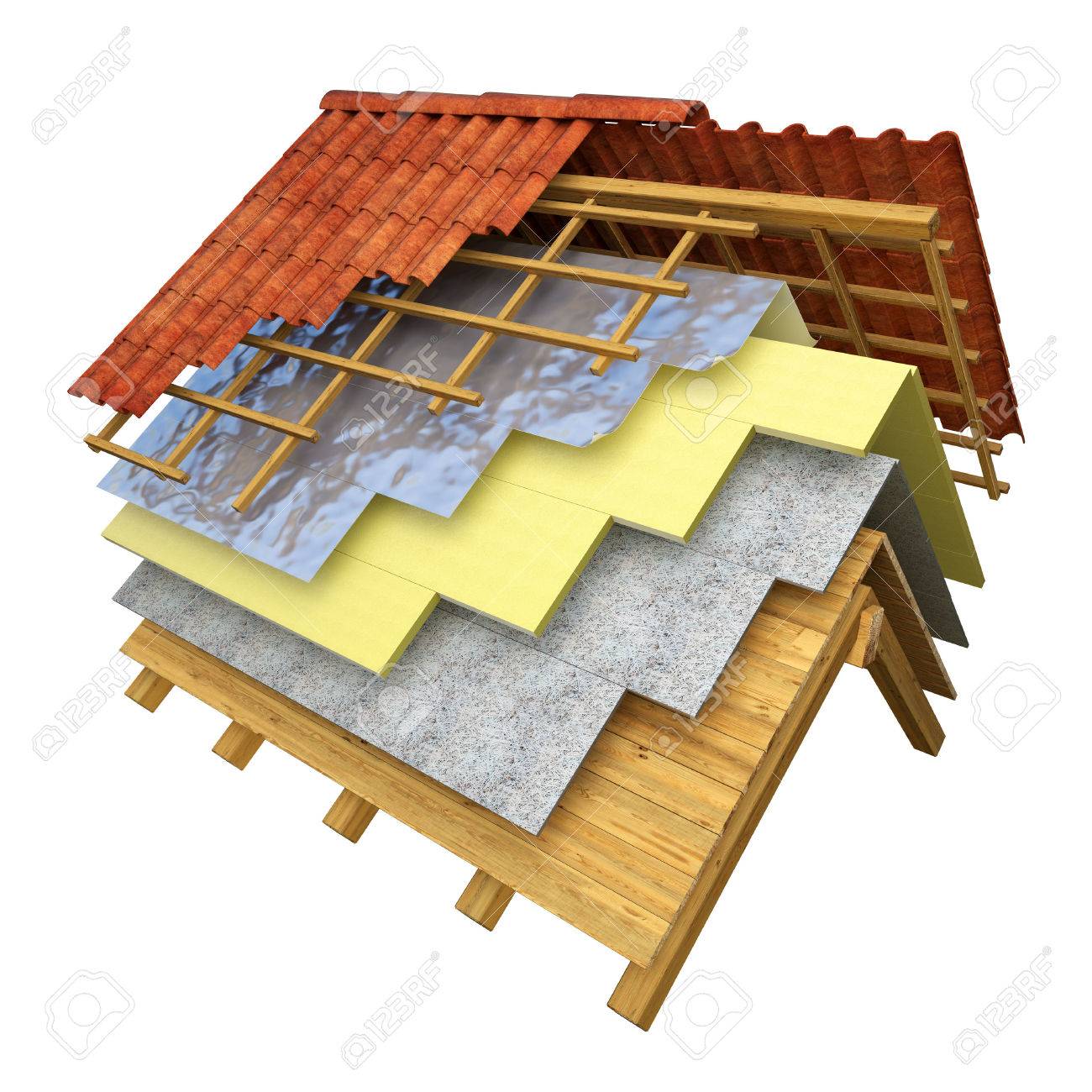Comprehending KIA Lease Offers: Choices, Benefits, and Considerations
KIA, a well-known Korean car manufacturer, provides a variety of lease choices, referred to as “KIA Lease Offers,” for consumers seeking to drive a new vehicle without having to commit to a purchase. This article explores the various lease choices available, their advantages, and important considerations for potential lessees on ALD.
Summary of Main Points
- Summary of Kia leasing Angebote
- Advantages of Leasing a a Kia Vehicle
- Kinds of Leasing Contracts Offered
- Factors to Consider Before Leasing
- Steps to Get a KIA Lease
Overview of KIA Lease Offers
Kia provides a variety of leasing agreements intended to cater to various customer needs. These deals allow customers to drive a new KIA vehicle for a specified period, usually lasting two to four years, with fixed monthly payments. At the conclusion of the lease term, drivers can either return the car, buy it, or get a new lease.
Leasing vs. Buying
Leasing a car is different from purchasing in that leaseholders do not own the car. Rather, they pay for the right to drive it over a set period. This often leads to reduced monthly costs versus buying. Additionally, a lease can offer the chance to operate a brand-new car every few years.
Advantages of Leasing a Kia Vehicle
Lower Monthly Payments
One of the primary benefits of leasing a Kia is the reduced monthly payments compared to buying. This can make driving a brand-new vehicle cheaper for numerous consumers.
Drive the Latest Models
A lease enables customers to operate the latest Kia cars with new amenities and tech. This is attractive to those who prefer to have the newest vehicle on the road.
Maintenance and Warranty Coverage
The majority of Kia lease deals come with maintenance and warranty protection, lowering out-of-pocket costs for repairs and maintenance during the agreement.
Kinds of Lease Agreements Available
Closed-End Leases
Closed-end leases, also known as “walk-away” leases, are the most typical type. At the conclusion of the lease term, customers can return the car without any obligations, as long as they have followed the mileage limits and maintained the car properly.
Commercial Leases
Commercial leases are less frequent and usually used for business purposes. At the conclusion of the agreement, the lessee is responsible for the gap between the vehicle’s residual value and its market value.
Considerations Before Leasing
Mileage Limits
Most lease agreements come with mileage limits, typically ranging from 10,000 to 15,000 miles annually. Exceeding these restrictions can result in extra charges at the end of the lease.
Vehicle Condition
Lease agreements expect the vehicle to be brought back in proper condition. Excess wear and tear can result in additional fees. It’s crucial to upkeep the vehicle according to the leasing terms.
Early Termination
Ending a lease before the term ends can be expensive. Drivers should understand the fees and fees involved in ending the lease early before signing a lease.
Process to Lease a Kia Vehicle
- Research: Look into different Kia models and figure out which model suits your requirements and financial plan.
- Go to a Dealership: Go to a Kia dealership to discuss lease deals and try out the cars.
- Negotiate Terms: Discuss the agreement, including monthly payments, mileage restrictions, and maintenance coverage.
- Agree to the Lease: After agreeing on the conditions, sign the lease agreement and take possession your brand-new KIA.
- Enjoy the Vehicle: Drive and enjoy your KIA, adhering to the lease terms to prevent additional fees.
Conclusion
Getting a KIA lease can be an attractive option for those who prefer to use a brand-new car with lower monthly payments and minimal long-term obligations. By knowing the various leasing agreements, advantages, and factors, you can make an educated choice that fits your driving needs and budget.
